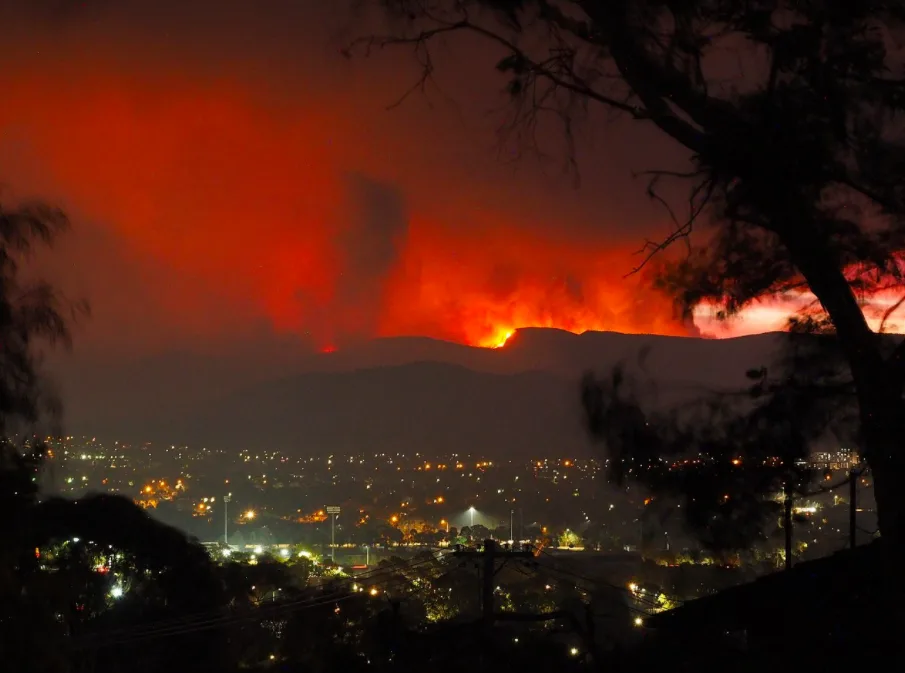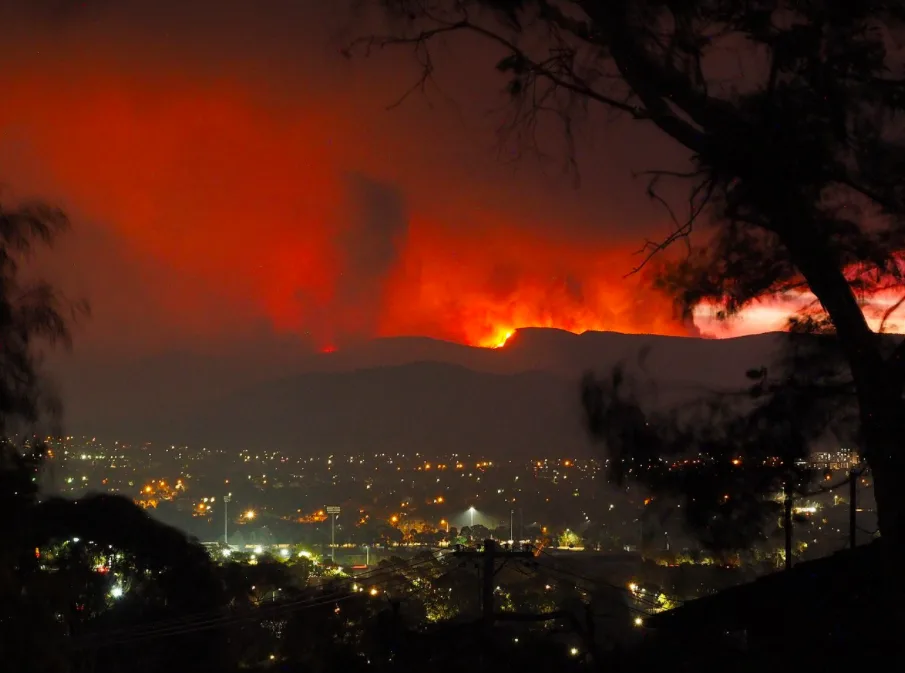
Record-breaking smoke cloud from Australian fires was "jaw-dropping," study says
Researchers say that the smoke cloud that formed from the Australian bushfires was three-times larger than anything previously recorded.
The devastating Australian bushfires that burned from late 2019 to early 2020 left their mark on the landscape — 5.8 million hectares were scorched, nearly 3 billion animals were affected, and over 800 million tonnes of carbon dioxide were released, which is more than the amount of greenhouse gas emissions Australia emits in an entire year.
Researchers with the University of Saskatchewan's Institute of Space and Atmospheric Studies found another frightening impact from the bushfires - a smoke cloud that rose into the stratosphere was three times larger than anything previously recorded. The largest on record prior to Australia’s smoke cloud was from British Columbia’s wildfires in 2017 when more than 1.2 million hectares were burned.
The researchers’ findings were published in Communications Earth & Environment, which state that the “unprecedented” smoke cloud was 1,000 km long and travelled 66,000 km over a three-month period. The cloud was found 35 kilometres above the Earth’s surface, which surprised the researchers.
"When I saw the satellite measurement of the smoke plume at 35 kilometres, it was jaw-dropping. I never would have expected that," said Adam Bourassa, professor of physics and engineering physics, who contributed to this study.

The Orroral Valley Fire viewed from Tuggeranong on the evening of January 28, 2020. Credit: Nick D/ Wikimedia Commons
“We’re seeing records broken in terms of the impact on the atmosphere from these fires,” said Bourassa. “Knowing that they’re likely to strike more frequently and with more intensity due to climate change, we could end up with a pretty dramatically changed atmosphere.”
In the University of Saskatchewan’s press release, Bourassa explained that large wildfires create enough heat to generate their own thunderstorms, which are called pyrocumulonimbus clouds. Powerful updrafts push the smoke and surrounding air into the stratosphere, which is an upper level of the atmosphere that exceeds the height that planes and jets fly at. The dark-coloured smoke particles absorb sunlight in the atmosphere, which creates heat and causes the smoke cloud to rise further.
The researchers found that the smoke cloud blocked sunlight from reaching the Earth’s surface to an extent that they had never seen before from wildfires. In addition to the exorbitant amount of carbon emissions from the bushfires, the effect from the smoke cloud in the atmosphere changes the amount of energy Earth receives from the Sun. The researchers plan on doing more research to learn additional details about the smoke cloud, its underlying mechanisms, and what impact smoke clouds will have on the climate.

